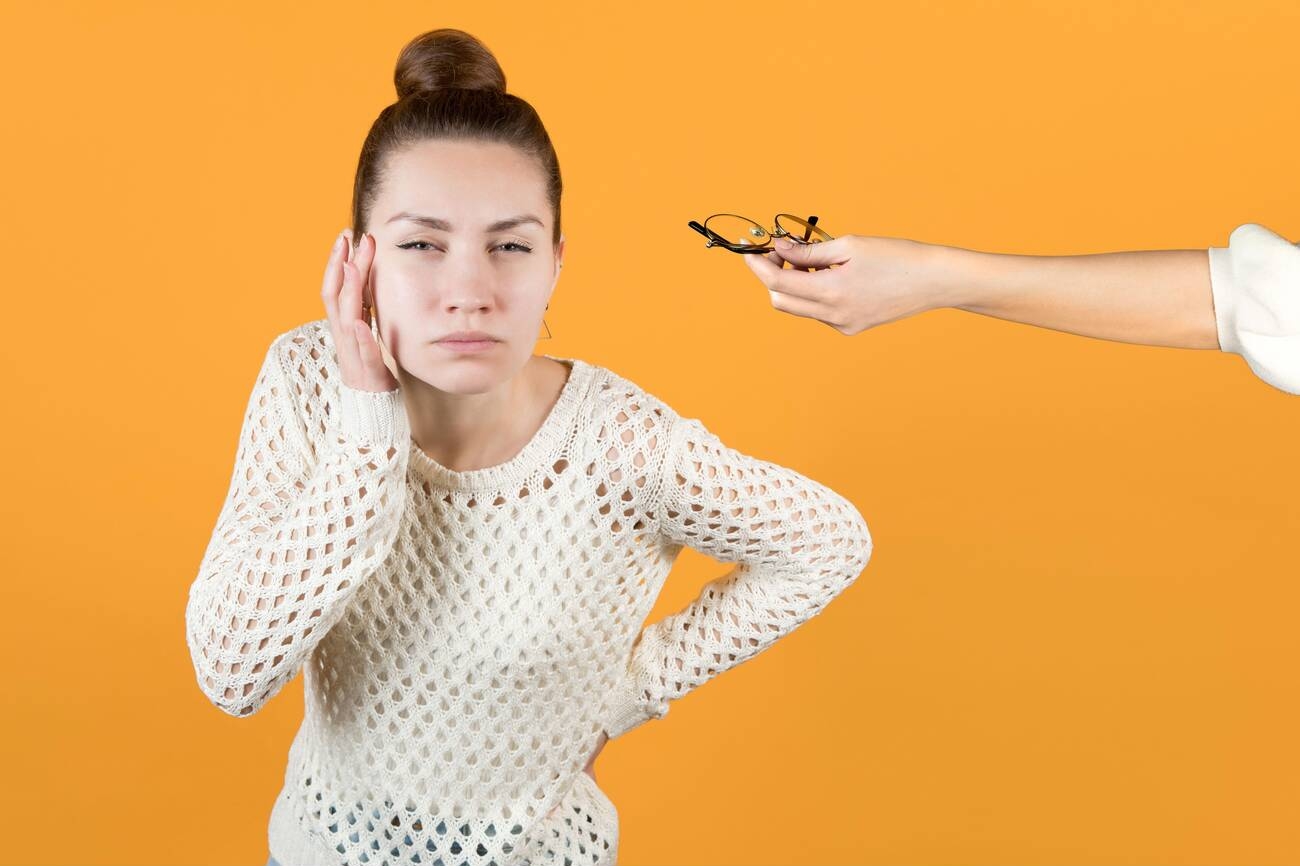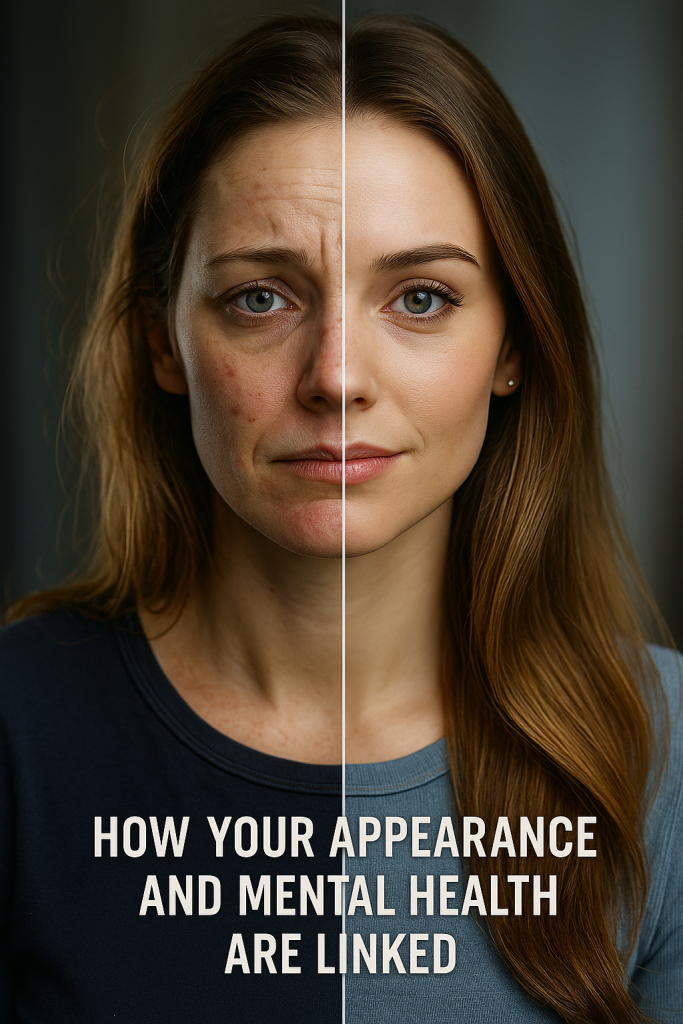Did you know that one in six adults over the age of 45 and one in four adults over 75 experience low vision? It’s a condition where vision loss cannot be corrected by glasses or surgery. Common causes include macular degeneration, glaucoma, and diabetes. But there’s hope! With early diagnosis and treatment, visual aids like magnifying glasses and text reading software can help manage low vision. Stay informed about the causes, diagnosis, treatment, and prevention of this condition to protect your eyesight.
Overview of Low Vision
Low vision is the loss of sight that can’t be fixed with glasses, contacts, or surgery. If you’re experiencing low vision, it’s important to get a diagnosis from an eye care specialist. They will conduct an eye exam to determine the extent and nature of your vision loss. Once diagnosed, there are various treatments available to help manage low vision. Visual aids like telescopic glasses, magnifying lenses, and handheld magnifiers can improve your sight and quality of life. There are also non-optical aids such as text reading software and high contrast clocks that can be beneficial. It’s important to remember that low vision comes in different types and can vary in severity. Although it may not be possible to fully restore your vision, with the right support and treatment options, you can still lead a fulfilling life despite having low vision impairment.
Common Causes of Low Vision
Age-related macular degeneration and glaucoma are some of the most prevalent conditions that contribute to the development of vision loss. Low vision, also known as low eyesight or low eye vision, is the loss of sight that cannot be corrected with prescription eyeglasses, contact lenses, or surgery. It is not complete blindness, as some remaining sight remains. What does low vision look like? It includes blind spots, poor night vision, problems with glare, and almost complete loss of sight. The American Optometric Association defines low vision as partially sighted or legally blind based on visual acuity and field of vision. Low vision disability affects one in six adults over 45 years old and one in four adults over 75 years old.
- Common Causes of Low Vision:
- Age-related macular degeneration
- Glaucoma
Diagnosing Low Vision
Schedule an appointment with an eye care specialist to undergo an examination and determine the extent of your vision loss. The diagnosis of low vision is crucial in understanding the nature and severity of your condition. During the examination, the eye care specialist will perform various tests using lighting, magnifiers, and special charts to assess your visual acuity, depth perception, and visual field. These tests will help identify any blind spots, poor night vision, problems with glare, or almost complete loss of sight that you may be experiencing. It is important to have regular eye exams for early detection and management of low vision. Remember to follow the advice and recommendations provided by your eye care specialist for proper management and treatment of your condition.
Treatment Options for Low Vision
To improve your visual functioning and enhance your quality of life, visual aids such as telescopic glasses, light-filtering lenses, and magnifying glasses can be beneficial for managing low vision. These tools can help you see objects at a distance, reduce glare and improve contrast sensitivity. In addition to these visual aids, there are also non-optical options available such as text reading software and high contrast clocks that can assist with daily activities. It is important to work closely with an eye care specialist who can assess your specific needs and recommend the most appropriate visual aids for you. Using these tools can greatly improve your ability to perform everyday tasks and maintain independence despite having low vision.
Preventing Low Vision
If you want to prevent low vision, it’s important to prioritize regular eye exams and follow the advice of your healthcare provider. Regular eye exams can help detect any potential vision problems early on and allow for timely intervention. Your healthcare provider will be able to assess your risk factors, provide personalized recommendations, and guide you in maintaining good eye health. In addition to regular check-ups, there are other steps you can take to protect your vision. These include maintaining a healthy lifestyle with a balanced diet, exercising regularly, wearing protective eyewear when necessary, avoiding smoking, managing chronic conditions such as diabetes or high blood pressure, and practicing good hygiene when using contact lenses. By being proactive in taking care of your eyesight, you can reduce the risk of developing low vision and maintain optimal visual health throughout your life.
Lifestyle Adjustments for Low Vision
When living with low vision, you may need to make adjustments to your daily activities and environment to enhance your independence and maintain a high quality of life. Here are some lifestyle adjustments that can help:
- Daily Activities:
- Use assistive devices such as magnifiers or talking clocks.
- Organize your home by using color contrast and labeling items.
- Develop a routine to navigate familiar places more easily.
- Environment:
- Improve lighting in your home by using brighter bulbs or task lighting.
- Reduce glare by using curtains or blinds on windows.
- Install handrails or grab bars in areas with potential hazards.
Assistive Devices for Low Vision
You can enhance your visual abilities and independence by using a variety of assistive devices specifically designed for individuals with low vision. These devices are aimed at helping you perform everyday tasks more easily and efficiently. Here are some examples:
| Assistive Device | Function |
|---|---|
| Magnifiers | Enlarge text, images, or objects to make them easier to see |
| Closed-circuit Television (CCTV) | Display magnified images on a screen for reading or writing purposes |
| Electronic handheld magnifiers | Portable devices that provide adjustable magnification levels |
| Talking watches and clocks | Announce the time audibly for those with difficulty reading traditional clocks |
These assistive devices can greatly improve your quality of life by enabling you to read, write, tell time, and engage in various activities independently. It is important to explore different options and consult with professionals to find the best assistive devices that suit your specific needs.
Support Services for Individuals With Low Vision
Now that you have learned about assistive devices for low vision, let’s explore the support services available for individuals with low vision. These services aim to provide guidance, resources, and assistance to help you cope with your visual impairment and enhance your quality of life.
Here are some key support services for individuals with low vision:
- Rehabilitation Services:
- Vision rehabilitation programs offer training in adaptive techniques, such as using magnifiers or screen readers.
- Occupational therapists can help you develop new skills to perform daily activities independently.
- Support Groups and Counseling:
- Joining a support group allows you to connect with others who understand the challenges of living with low vision.
- Counseling services can provide emotional support and coping strategies tailored to your specific needs.
Research and Advances in Low Vision Treatment
To stay informed about the latest research and advancements in low vision treatment, it’s essential to regularly consult with your healthcare provider and keep up-to-date on medical literature. By staying proactive and knowledgeable, you can play an active role in managing your low vision effectively. Additionally, ongoing research continues to explore new treatments and interventions that can improve visual functioning and quality of life for individuals with low vision.
Here is a table highlighting some recent advancements in low vision treatment:
| Advancement | Description |
|---|---|
| Retinal Prosthetics | The development of retinal prosthetics, such as the Argus® II retinal prosthesis, offers hope for individuals with conditions like retinitis pigmentosa. These devices partially restore vision by stimulating the remaining healthy cells in the retina. |
| Gene Therapy | Gene therapy research aims to correct genetic mutations that cause inherited eye disorders like retinitis pigmentosa. This innovative approach holds promise for preventing or slowing down the progression of these conditions and preserving visual function. |
| Stem Cell Research | Stem cell therapy has shown potential for regenerating damaged cells in the retina. Researchers are exploring different approaches using stem cells derived from various sources to replace or repair damaged tissue, offering potential treatments for certain types of low vision. |
| Assistive Technology Innovations | Advancements in assistive technology have led to the development of more sophisticated devices and software designed specifically for individuals with low vision. These include screen magnifiers, text-to-speech software, wearable aids, and smart devices with accessibility features. |
| Vision Rehabilitation Techniques | Vision rehabilitation programs offer comprehensive support and training to help individuals maximize their remaining sight through various techniques such as orientation and mobility training, daily living skills instruction, adaptive strategies, and counseling services. |
Resources for Living With Low Vision
There are various resources available to support individuals living with low vision. Here are some options that can help you navigate and adapt to your visual impairment:
- Assistive Devices:
- Magnifiers: These devices can enlarge text and images, making them easier to see.
- Talking Watches and Clocks: These devices announce the time audibly, allowing you to keep track of it without relying on sight.
- Large Print Books and Audio Books: These formats make reading accessible by providing enlarged print or narrated versions of books.
- Rehabilitation Services:
- Orientation and Mobility Training: This training helps you develop skills to move around safely and confidently.
- Vision Rehabilitation Therapy: This therapy focuses on improving daily living skills like cooking, cleaning, and organizing.
These resources can provide practical solutions and emotional support as you adjust to living with low vision. Remember that seeking assistance is a sign of strength, not weakness.




